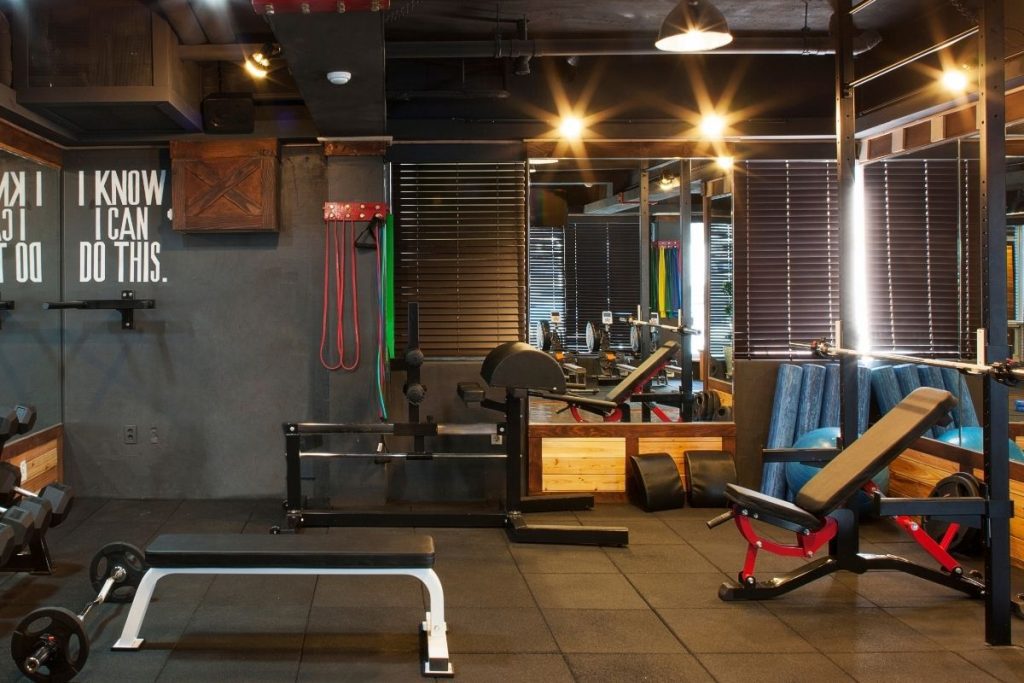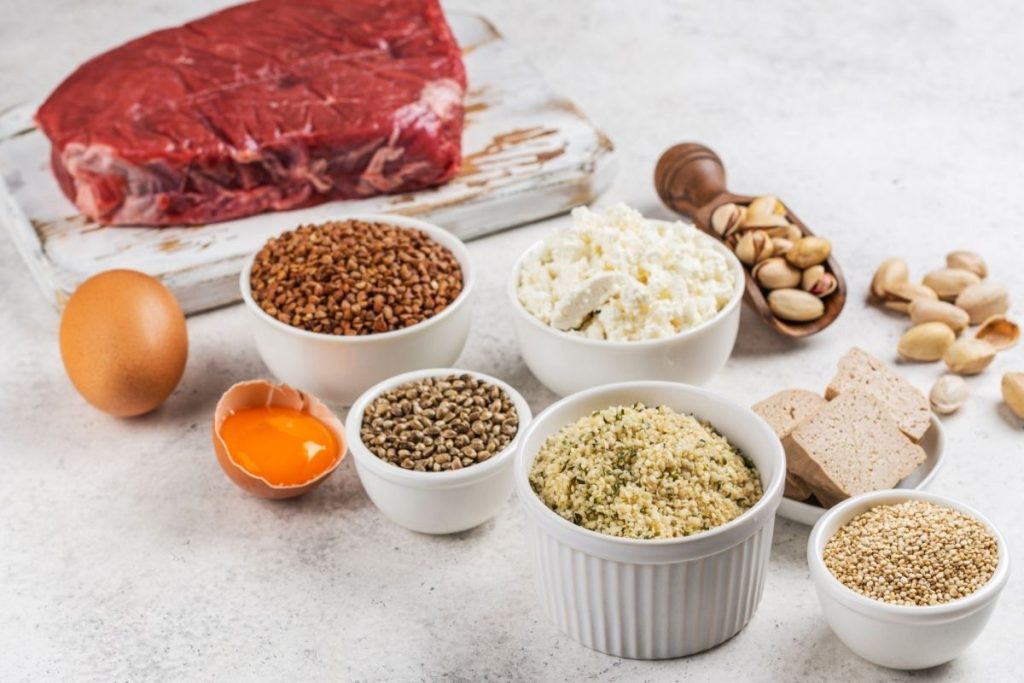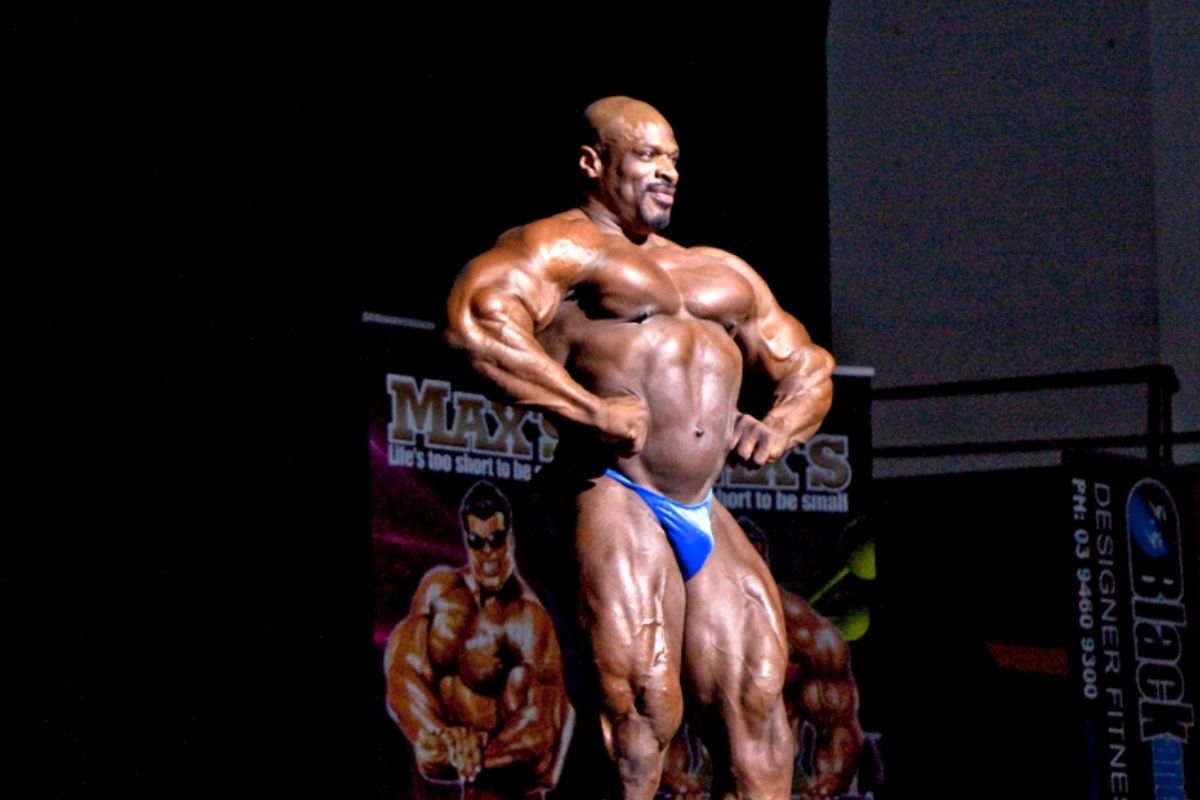Last Updated on October 20, 2022 by admin
As one of the most successful bodybuilders of all time and at the slender age of 55, it’s clear that Ronnie Coleman is still putting the time and energy into his workouts and nutrition.
Ronnie Coleman was born in New Orleans, Louisiana in 1969. He started training at age 11 and became a professional bodybuilder at age 14. In 1992, he won Mr. Universe and placed third in the World Amateur Bodybuilding Championships. He went on to win Mr. Olympia eight times.
As we take a look inside Ronnie’s physique, you can see just how strong he’s getting and what he eats. So read on below to learn more about this classic bodybuilder’s workout routine!
How Ronnie Coleman Approaches His Workouts

Ronnie Coleman follows the principle of smart and efficient training. Back when he was just coming up into the world of professional bodybuilding, he would often spend less time training than the other bodybuilders, yet still managed to squeeze out better results. Why was that?
One of the most common principles was to train as hard as possible, often training to failure with a high amount of volume.
There are very few that can manage to consistently flirt with high intensity and high volume training, typically having to pick one or the other. But this is Ronnie Coleman’s prime we are talking about.
Nowadays, Ronnie focuses on heavy weight with low volume and typically favors free weights over machine exercises, although often uses them as they are easier on the joints, ligaments, and tendons.
He follows what can be considered a typical bodybuilding split where you train different muscles on different days of the week.
Before jumping into this program, make sure you speak to your doctor before committing to any new form of physical activity.
And it would be best to follow a slightly lower intensity and lower volume plan, especially if you are just starting.
A typical workout routine for Ronnie Coleman will look like this:
Monday – Back And Triceps
- Bent-over barbell rows (3×12-15 reps)
- One-Arm Dumbbell Row (3×15-20 reps)
- Lat-pulldowns (3×15-20 reps)
- Single Arm Machine Rows (3×12-15 reps)
- Tricep Dips (3×15-20 reps)
- Standing Dumbbell Tricep Extensions (3×12-15 reps)
Tuesday – Quadriceps, Hamstrings, And Calves
- Hack Squats (3×15 reps)
- Leg Extensions (3×15 reps)
- Single-Leg Extensions (3×12-15 reps)
- Seated Leg Curls (3×15 reps)
- Seated Single Leg Curls (3×12-15 reps)
- Seated Calf Raises (3×15-20 reps)
Wednesday – Shoulders
- Overhead Shoulder Press (3×12-15 reps)
- Dumbell Lateral Raises (3×15 reps)
- Front Dumbbell Shoulder Raise (3×15 reps)
- Seated Dumbbell Rear Delt Flyes (3×315 reps)
Thursday – Chest, And Biceps
- Flat Dumbbell Bench Press (3×12-15 reps)
- Incline Dumbbell Bench Press (3×12-15 reps)
- Decline Dumbbell Bench Press (3×12-15 reps)
- Dumbbell Concentration Curls (3×15-20 reps)
- One-Arm Dumbbell Preacher Curls (3×20 reps)
- Cable Hammer Curls (3×20 reps)
Friday – Quadriceps, Hamstrings, And Calves
- Hack Squats (3×15 reps)
- Leg Extensions (3×15 reps)
- Single-Leg Extensions (3×12-15 reps)
- Seated Leg Curls (3×15 reps)
- Seated Single Leg Curls (3×12-15 reps)
- Seated Calf Raises (3×15-20 reps)
Saturday – Chest, Triceps, And Abs
- Incline Dumbbell Bench Press (3×12-15 reps)
- Decline Dumbbell Bench Press (3×12-15 reps)
- Dumbbell Flyes (3×12-15 reps)
- Cable Tricep Extensions (3×12 reps)
- Tricep Dips (3×12 reps)
- Standing Calf Raises (3×12-20 reps)
- Seated Calf Raises (3×12-20 reps)
- Ab Crunches (3-4×12-20 reps)
Sunday – Rest Day
How Ronnie Coleman Approaches His Diet

The main thing you need to remember when following Ronnie Coleman’s diet plan is that proteins should constitute a significant portion of your daily intake.
The reason why is because muscle tissue synthesis takes place mostly in protein. So by eating enough protein, the amino acids will be used in the cells to help build more muscle.
To get started make sure that you eat plenty of lean meats such as chicken, turkey, fish, tofu, beans, nuts, soy products, dairy products, eggs, and the occasional red meat.
These foods will provide both proteins and healthy fats as well as several vitamins and minerals that are often lacking in the modern diet.
Try to stick to around 1 gram of protein per pound of bodyweight every day, which can be anywhere from 120 to 200 grams of protein per day.
If you’re looking to increase muscle mass, you can aim for the lower end, as most of the effort is going to come from eating enough calories.
If you’re cutting or looking to lean down, aim for the higher end of this protein intake. This is because you want to retain as much muscle mass as possible, and the best way to tell your body that you want to hold on to your hard-fought gains is by eating ample protein.
We want to be burning fat stores as opposed to muscle stores, which is why protein on a diet is often more important than when bulking.
You’ll then want to consume good quality dietary fat from avocados, olives, oily fish such as sardines or salmon, nuts, seeds, dairy if you can tolerate it, and oils.
The remainder of your calorie intake will come from carbohydrates in the form of bread, rice, potatoes, fruits, and vegetables.
A typical meal from Ronnie would be the following:
Breakfast
- ¾ cups of grits with cheese
- Egg whites
- 1 cup of coffee
Lunch
- 16 ounces chicken breast
- 1 ½ cups of brown rice
- 1 cup of red beans
- Cornbread
Dinner
- 9-ounce fillet of beef mignon
- 1 medium baked potato
- French fries
Again, we recommend that you speak to your doctor before making any changes to your diet.
What Supplements Does Ronnie Coleman Take?
Ronnie Coleman owns a supplement called Ronnie Coleman Signature Series and takes a number of supplements from this line.
Ronnie will typically choose a pre-workout that includes L-citrulline that helps to enhance nitric oxide stores in the body which have been shown to promote muscle building.
After this, he’ll take a post-workout that contains maltodextrin and dextrose to help restore glycogen levels, along with electrolytes to help balance levels once they have been sweated out.
His calorie quote will usually include a whey protein shake to help with hitting his protein target for the day, usually after his workouts.
Finally, Ronnie will use BCAAs – Branched Chain Amino Acids that help to promote muscle rebuilding, and a multivitamin which acts as a safety net in case he is not getting enough vitamins and minerals in his diet for that day.
Final Thoughts
Ronnie Coleman continues to keep as fit as possible and maintains a drive for bodybuilding, despite having debilitating injuries in his career.
He does so by being a role model and an inspiration to others who aspire to become champions like him. The fact that he has stayed relevant and remains focused on his goals even though he injured himself so often shows what dedication can do.
And let us not forget the amount of money he makes each year because of his passion for the sport!
From all these reasons we know that Ronnie Coleman is one of the greatest lifters that ever lived. He’s inspirational because of how dedicated he was to his workout routine and diet regimen.
It’s clear that hard work pays off. Even before he got into bodybuilding he was already huge. But after doing bodybuilding he became bigger and now a legend for sure.

